Features of growing sugar lungwort in a flower garden
The plant, which until recently was found only in forest clearings, is becoming popular with gardeners. The flower beds in the plots are painted with purple-pink petals and silvery foliage of the sugar honeycomb. This plant does not require scrupulous care, and planting is usually done by a vegetative method.
Short description
Sugar beetle (spotted) is a herbaceous perennial plant from the genus of lungwort. It is evergreen, and both flowers and bush leaves are decorative. A description of the main parts of the plant is given in the table.
Table. External features of sugar lungwort
| Root system | Branched. The roots grow quickly, lungwort quickly spreads over the site. Several tubers form at the root, from which new bushes grow - clusters of flowers are formed |
| Stem | Most varieties are characterized by erect stems, but some have a branched structure. The stalks are covered with a small pile, therefore, they seem rough. Shoot height - up to 800 mm |
| Foliage | Leaves of different shapes grow on one bush. If near the outlet itself they are large and with long petioles, then at the very edge of the stem the leaves are small, without petioles. Depending on the variety, the foliage will be oval or lanceolate. The edges of the leaves are smooth, carved, or serrated. Another distinctive feature of the foliage is the silvery color in the center. The leaves bloom completely during the flowering of the plant |
| Budding | Flowers change their color. At first they are pink, within 30 days the hue changes, becoming a dark purple. This property is due to a change in the acidity level in the material of the flowers. Flowers attract large numbers of bees |
Advice! The leaves of lungwort are used in salads and in folk medicine.
Breeders recommend planting several varieties of sugar lungwort:
- Cambridge Blue;
- Moon;
- Sissinghurst White.
Reproduction methods
Lungwort in nature reproduces by seeds. At the end of the season, a bean with 1 seed grows on the inflorescences. In theory, it is enough to germinate it to get the second generation of flowers. However, with this technique, as a rule, the decorative feature of the mother bush is not transferred.
Breeders and experienced gardeners use the cultivation of lungwort from seeds to obtain new shades or flower patterns. The sprout will have to be nurtured for 1.5-2 years. Therefore, this method is not suitable for safe reproduction.
The best ways are division or layering.
By division. This is the easiest, most affordable method to preserve the quality and color of the mother variety. Divide the lungwort in autumn or weighty, but the best period for obtaining strong plants is spring. The work is carried out according to a certain scheme:
- Carefully, in a large circle, we dig out a bush and get it out of the ground. It is important to keep most of the roots intact.
- Having shaken off the ground, we wash the roots with warm water.
- Using a sharpened knife, we divide the spine into several parts. It is important that each seedling has a good, strong replacement bud.
- After this work, we prepare the soil, dig a hole and plant the shoots in open ground. The distance between plants is at least 300 mm.
Important! The recommended age of the mother bush for transplantation is from 4 years. The root system of such a donor grows, the number of seedlings is enough for a flower garden.
Lungwort is spread by root layers in early autumn. At this time, an adult plant grows throughout the free area of the flower garden, often oppressing other flowers. For such invaders, we remove excess bushes, obtaining planting material and freeing up space for the normal growth of neighboring flowers.
Procedure:
- Having identified a strong shoot, we cut off the main root from the mother bush with a shovel and carefully dig out the seedling.
- Weak processes are simply removed from the flower garden.
- We do not collapse the earth from the root system of the seedling. Having dug a hole, we transfer the daughter bush and plant it in the prepared soil. The minimum planting depth is 20 mm.
Landing rules
The development and growth of the plant depends on the quality of this operation. And the first thing to do is to correctly determine the place of permanent settlement.
The lizard is not capricious, it develops calmly in partial shade conditions and in shaded areas of the estate. What the perennial does not tolerate is exposure to direct sunlight. Therefore, the best place is a flower garden in the shade of plants or buildings, with diffused light hitting for half a day.
When planting in places with high levels of humidity, you will need to make a high bed and cover its bottom with a layer of expanded clay to avoid liquid stagnation.
And it is imperative to fence the planting of lungwort with sheets of flat slate, metal or boards, deepening them by 100 mm. Otherwise, the bushes will quickly cover the entire surface of the earth with a carpet of silvery foliage with multi-colored flowers.
Preparing the soil for planting
The lungwort will grow, develop on any kind of soil. But the best soil is loam with a normal or low acidity level. On poor lands, it is worth adding ready-made complex or organic fertilizers, such care will affect the plant in the future.
It is recommended to feed the lungwort at least 1 time per season. The best time is July, the period of the beginning of flowering and the growth of new foliage on the bushes. Depending on the type of soil, you will need to make different types of mineral dressing.
Step-by-step instructions for planting sprouts
The best planting period is spring, when the weather is warm. The work is carried out in several stages:
- At a distance of 200 mm, we dig holes with a depth of 300 mm.
- We fill the bottom with a layer of drainage (expanded clay, broken brick, crushed stone).
- Fill each hole with water.
- We carefully place the finished seedlings in the hole and cover 2/3 with a layer of the upper fertile layer, mixed in a 1: 1 ratio with humus.
- Place the seedling in the center and fill the hole with earth, leaving a small distance to the top.
- Water the sprout with a small amount of water and cover it with a layer of mulch to the edge of the hole.
Basic care operations
There is no need to take special care of the sweet honey lungwort, but it is important to follow simple rules for the development of bushes with silvery foliage.
Watering and mulching
Humidification is required only when the weather is hot for a long time. For normal development, the rest of the season, a little watering once a week and rainfall are enough. The plant signals the need for water by changing the elasticity and appearance of the crown. The drooping leaves will need to be removed so that they do not spoil the appearance of the bush.
After each root moistening, be sure to loosen the ground and add a layer of mulch. It is not recommended to spray the lungwort, as well as other plants with hairy stems and leaves.
Advice! Having covered the entire surface of the flower garden with oak bark, we protect the plant from diseases, create a layer of mulch and decorative finishing of the earth. The minimum thickness of the backfill is 15 mm.
Pruning
Such an operation will require the removal of single-seeded beans formed after flowering. We remove wilted foliage throughout the season. For trimming, be sure to use a sharp pruner or knife.
Preparing for winter
Protection is required only in the first year of development of the bushes.To prevent damage to immature plants, we use peat, cut grass without testes or straw. We cover the bushes with this material. All other work in the pre-winter period is reduced to pruning and removing wilted stems and foliage.
Protection against diseases and pests
Sugar lump is absolutely not susceptible to damage from garden pests. The only scourge of the silvery carpet with multi-colored flowers is slugs and garden snails. It is easy to get rid of such "neighbors": we reduce watering when the first snails appear and fill the aisles with chopped bark of deciduous trees.
Performing such simple work and the recommendations of experienced florists for the care, reproduction and planting in open ground, you can easily grow a beautiful, lush carpet of silver and gems - just make sure that the coating does not take over the entire garden.
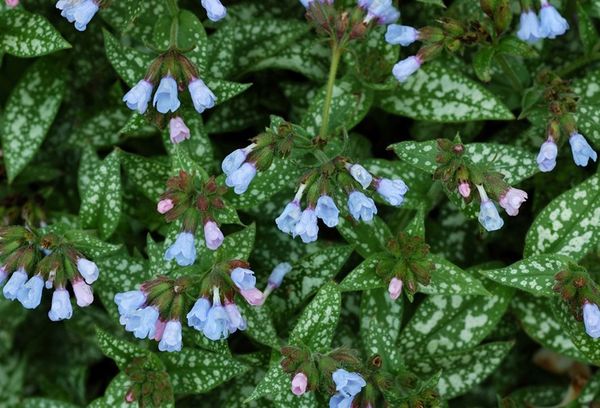
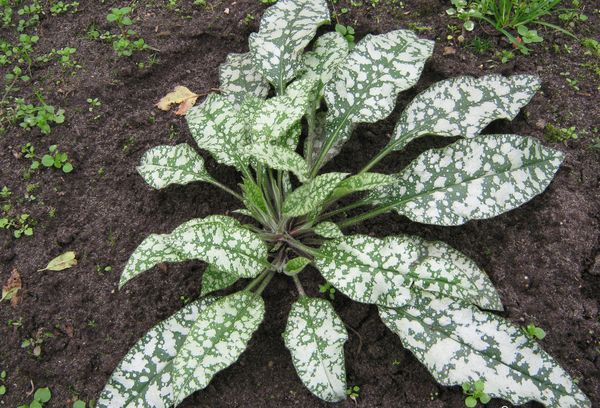
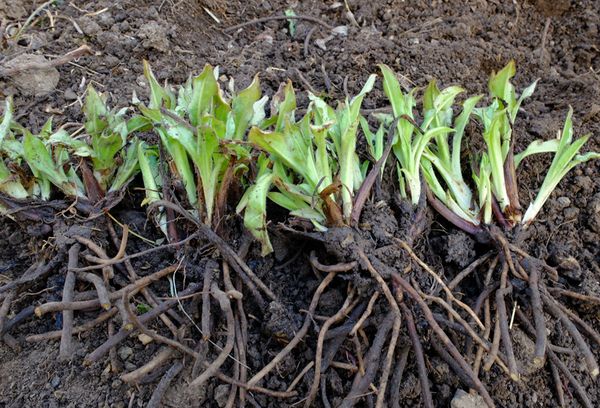
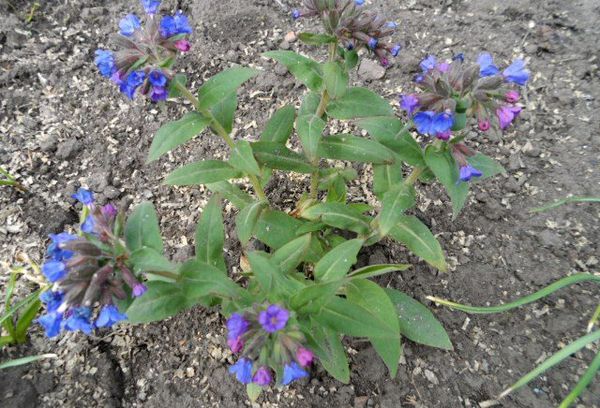


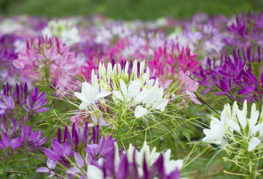
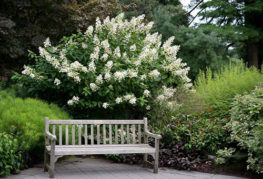

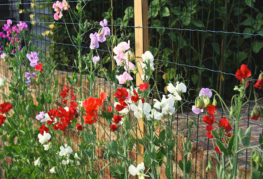
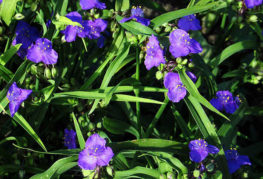
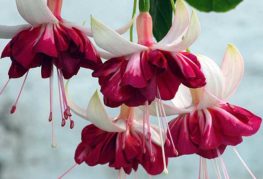
and will be published shortly.